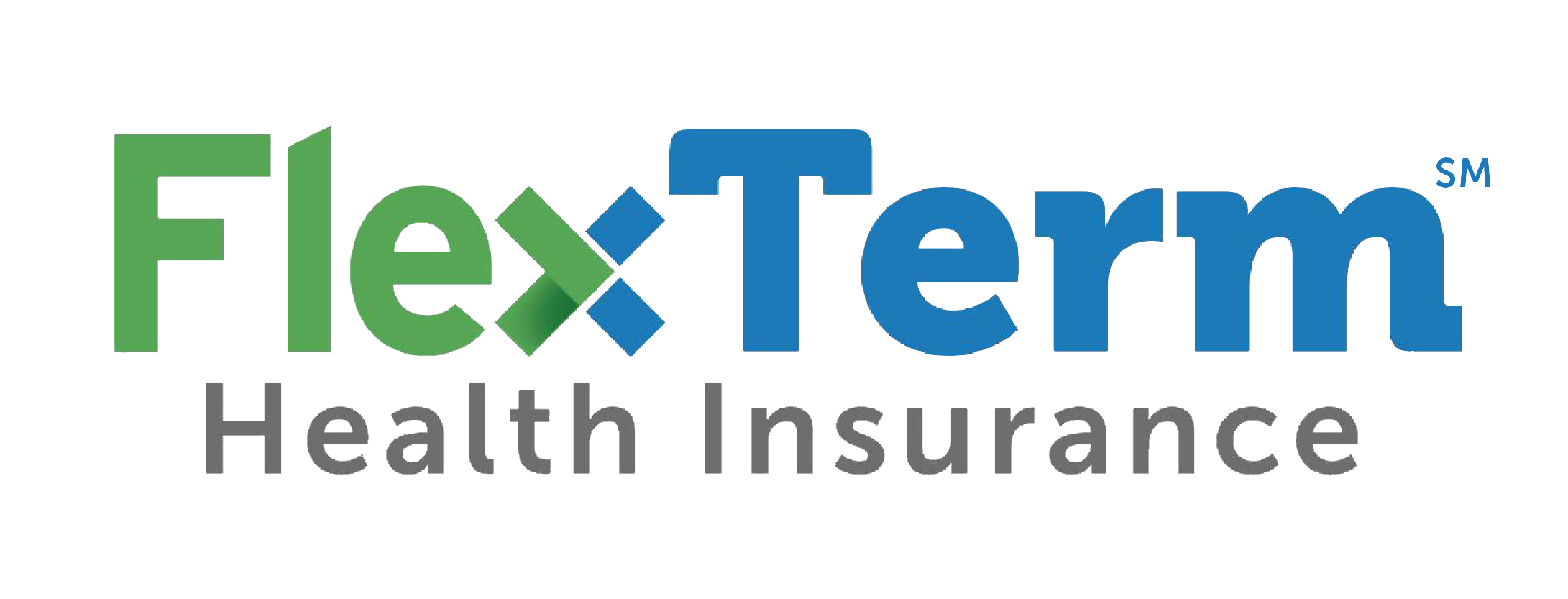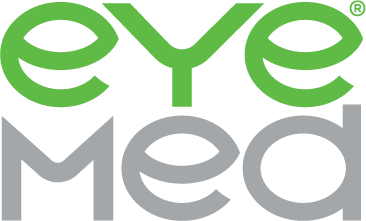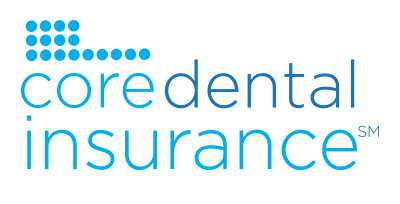Choose Your Plan
EyeMed Healthy
Eye Exam and Great Discounts- Comprehensive Eye Exam
- Discounts On Frames
- Allowance On Lenses – SV / BV / TF
- Discounts On Contact Lenses
- Additional Discounts
- Out-Of-Network Discounts
EyeMed Bold
Essential Vision Coverage- Comprehensive Eye Exam
- Allowance On Frames
- Allowance On Lenses – SV / BV / TF
- Allowance On Contact Lenses
- Allowance Discounts
- Out-Of-Network Benefits
EyeMed Bright
Family Vision Coverage- Comprehensive Eye Exam
- Allowance On Frames
- Allowance On Lenses – SV / BV / TF
- Allowance On Contact Lenses
- Allowance Discounts
- Out-Of-Network Benefits
Your Benefits
Eye Doctors and Corrective Vision
Use your EyeMed Vision benefits at over 60,000+ optomists offices and retail locations. Get discounts on thousands of frames.
LASIK Benefits
To locate laser vision correction providers, please call 1-877-5LASER6 or visit www.eyemedlasik.com.
Your Online Benefits
Choose from hundreds of brand-name frames and contacts from participating online providers, like LensCrafters, Target Optical, Ray-Ban, Glasses.com and ContactsDirect. Instantly apply your in-network benefits at checkout. Enjoy free shipping and returns.
Frequently Asked Question
I’ve purchased an EyeMed Individual Plan. Is there a waiting period?
You’re in luck. There are no waiting periods. You can begin using your benefits on the first day of your effective date.
Will I get an ID card for my Individual Plan?
You’ll receive an ID card once you enroll, even though you don’t need it to receive service. If you need a replacement card, contact 844.225.3107.
What is covered under my Individual Plan?
Depending on the plan selected, your plan may include an eye exam and discounts on glasses (lenses and frames) and lens options, or an eye exam, glasses (lenses and frames or contact lenses). Check your benefit summary for specific details.
What are the termination of coverage provisions?
Your EyeMed Individual and Family Plan coverage will continue until the last day for which you paid premium, subject to the grace period. Coverage will end on any premium due date the Company elects to non-renew the policy or on any date you provide a written request to cancel coverage. Any dependents covered will terminate on the same date your coverage ends; at the end of the policy year in which your dependent ceases to be eligible; or on the last day for which premium was paid, subject to the grace period. If an act of fraud is committed against the insurance company, all coverage will end on the date such determination is made by a court of law.
Where can I use my Individual or Family Plan benefits?
Search for an eye doctor and filter by what’s important to you: hours, location, preferred brands — even languages spoken. Or, call our Customer Care Center for those with Individual and Family Plans at 844.225.3107.
Can I get both glasses and contacts?
Depending on the Individual or Family Plan selected, the policies will only cover glasses or contacts; however members can receive 40% off another complete pair of eyeglasses and a 15% discount off conventional contact lenses once the covered benefit has been used. Discounts are not insured benefits. Some in-network providers may exclude some discounts. Please ask your provider for an out-of-pocket amount for your purchase.
WHAT DOES THIS MEAN?
Allowance – The amount of money you can put towards your frames, contact lenses or other purchase. For example, if you have a $100 allowance for frames and you purchase frames that are $150, you pay $50 out-of-pocket.
Anti-reflective coating – By allowing more light into your eye, anti-reflective (AR) coatings are designed to greatly reduce reflections on your lenses that can compromise visual clarity. This means you may see better. An AR coating can also help improve your night vision and make night driving safer. The reduced glare allows others to see your eyes more clearly, too.
Bifocal lenses – Bifocal lenses includes two different areas of vision correction, which are divided by a distinct line that sits horizontally across the lens. The top portion of the lens is used for distance and the bottom portion of the lens is used for closer vision.
Claim – A request for payment of benefits; if you go to an in-network eye doctor, they’ll send this to EyeMed so you don’t have to.
Conventional contact lenses – Contact lenses designed for long-term use (up to one year); can be either daily or extended wear.
Copay – A fixed amount that you pay out-of-pocket at the time of your visit. Check your plan details for your specific copays and benefits.
Dependent – A member’s spouse or child who meets criteria outlined by your specific plan.
Digital lenses – Digital lenses, also sometimes referred to as high definition or HD lenses are digitally made for accuracy and designed to provide sharper vision, improved peripheral vision and increased clarity to help colors appear more defined and details more vivid. Often, these lenses require additional measurements to personalize the lens for you.
Disposable contact lenses – Contact lenses designed to be thrown away daily, weekly, bi-weekly, monthly or quarterly.
Eligible – Approved to receive benefits.
High index – This super thin lens is best for those with a strong prescription. They are designed to bend light more efficiently and allow light to travel faster through them. Your eye doctor may want you to use a high-index lens depending on your prescription and the frame you choose.
Lens add-on – Any option that doesn’t come with the basic lens, like polycarbonate, scratch-resistant coating, tint and UV coating. You might hear it called an “option” or “upgrade.” Your EyeMed benefits cover most of the cost of these options, while you pay a copay.
Lenticular lens – Used only when a significant vision correction can’t be reached with a traditional lens. This technology involves bonding one lens to the center of another to reach the correct power.
Medically necessary contact lenses – Contact lenses are medically necessary if you’re diagnosed with one of these conditions (ask your eye doctor for more info):
- Anisometropia of 3D in meridian powers
- High Ametropia exceeding – 10D or +10D in meridian powers
- Keratoconus when vision is not correctable to 20/30 in either or both eyes using standard spectacle lenses
- Vision improvement other than Keratoconus when vision can be corrected two lines of improvement on the visual acuity chart when compared to the best corrected standard spectacle lenses
All requests for medically necessary contact lenses must be submitted by your eye doctor for review and approved by our Medical Director before a claim will be processed.
Network (In-network) – The group of professional providers that we contract with to provide vision care for our members. Our network includes opticians, credentialed optometrists, and ophthalmologists who can provide services, eyeglasses and contacts covered under the plan.
Out-of-network (OON) provider – A professional provider who is not in our network of approved, credentialed providers.
Photochromic lenses – Sometimes also referred to as variable tint or light-adaptive lenses, these lenses change color based on different levels of light. Transitions® lenses are the most popular photochromic lenses. They continuously adapt to changing light conditions and are virtually clear indoors and at night. Plus, they also block UV rays and filter blue light.
Plastic (basic lens material) – The most widely-used lens material, because it’s lighter than glass.
Polarized lenses – A common lens add-on that cuts down on glare from the sun. Ideal for driving or outdoor activities, especially water and snow sports.
Polycarbonate – A commonly-used lighter, thinner material that helps your lenses resist impact.
Progressive lenses – Bifocal or trifocal lenses with no lines; available in both standard and premium brands.
Provider – An optician, optometrist or ophthalmologist who offers eye care or eyewear to EyeMed members.
Scratch-resistant coating – A common lens coating that helps reduce lens scratches.
Single vision lenses – Lenses prescribed for people who only need help seeing either far away or up close (not both).
Tint – A common lens add-on that reduces the light that enters your eyes; can be added because your eye doctor recommends it or because you simply like the style.
Trifocal lenses – Lenses prescribed for people who need help seeing far away, up close and in between.
Ultra-Violet Coating (UV) – In addition to the UV protection provided by your lens material (think polycarbonate), a UV coating protects your eyes from UV light being reflected off the lens and back into your eye. Over time, prolonged exposure to these rays can be damaging to your eyes.
These materials are designed to provide general information regarding health care topics, do not constitute professional advice nor establish any standard of care, and are provided without representations or warranties of any kind. Quotations, photos and videos are not from actual patients and your experience may be different. Your treating health care professionals are solely responsible for diagnosis, treatment and medical advice. The eye care professionals in your plan are independent practitioners who exercise independent professional judgment and over whom EyeMed has no control or right of control. They are not agents or employees of EyeMed. Eye care professionals do not take the place of your physician.
Contact Us
Have questions about EyeMed Individual or need help finding the right plan?
Talk to our licensed agents toll-free at (855) 826-0030.
EyeMed Vision Benefits are not available in MA, MT, NC, VA .








